Web Development India

There’s lots of talk these days about ensuring your website is optimized for search engines. Search engine optimization (SEO)
is the process of getting online traffic directed toward your website
through web searches and it involves a series of individual pieces of
content and settings that catch the attention of search engines like
Google and Bing.
The more people who find your website through online searches for words and phrases related to your industry, the more opportunities you will have to connect with clients and grow your client base.
But there’s one critical point to remember before you even consider implementing updated SEO tactics: if you optimize an outdated or confusing website, your potential clients will simply take one quick look at your shabby site and then move onto the next—your competitor.
Today’s web user is savvier than ever. Though web design standards are constantly evolving, the sheer amount of online data and other user interfaces (like our cable or satellite TV navigation menus, our smartphone interaction, and our desktop computer use) has set a standard for look, feel and usability that is now common for today’s consumer.
To invest in SEO without an attractive updated site is like investing in a new driveway for a house that is sagging under the decay of termites. Neighbors might see it from the sidewalk, but will not want to go near it.
Here are five reasons you should consider combining your SEO objectives with a web design update.
Web Design is Critical
A website can rank for every important targeted keyword phrase but if web visitors are being directed to an outdated, unintuitive website, all SEO tactics will be implemented in vain.
Conversion is Lead Generation
Once a visitor finds your website through a search engine and lands on the website, conversion tools (guides and white papers that require form completion to access) will help your website become a client gateway. If there is nothing on your website to capture contact information from potential clients, you are wasting an opportunity for continued engagement.
Web Coding Matters
The back-end website programming code needs to be clean and easily crawlable by search engines before you spend any resources on SEO upgrades. Your website should adhere to the most current web standards by the Worldwide Web Consortium to ensure that your site’s code is SEO-friendly.
Economies of Scale
Employing a larger team of specialists all at once will be less costly than hiring a team of individual freelancers (SEO consultant, copywriter, web developer, web designer, etc.) and managing them on your own.
Holistic Approach
With one team working on a web marketing strategy “under one roof,” the team can work on your website using a proven, cohesive and coordinated strategy. Reputable web design companies consider every aspect of your business’ online needs while building, refreshing, or optimizing a website. Having a clear set of goals before the project begins will help save time on your web development and can make it easier to stay in budget.
If you’re unsure whether or not you should focus on immediate search engine optimization for your website, there are many quality web design companies who can review your site, check your current SEO settings, and determine whether search engine optimization alone is right for you at this time, or if you should consider a fully-integrated complete website design update.
By
The more people who find your website through online searches for words and phrases related to your industry, the more opportunities you will have to connect with clients and grow your client base.
But there’s one critical point to remember before you even consider implementing updated SEO tactics: if you optimize an outdated or confusing website, your potential clients will simply take one quick look at your shabby site and then move onto the next—your competitor.
Today’s web user is savvier than ever. Though web design standards are constantly evolving, the sheer amount of online data and other user interfaces (like our cable or satellite TV navigation menus, our smartphone interaction, and our desktop computer use) has set a standard for look, feel and usability that is now common for today’s consumer.
To invest in SEO without an attractive updated site is like investing in a new driveway for a house that is sagging under the decay of termites. Neighbors might see it from the sidewalk, but will not want to go near it.
Here are five reasons you should consider combining your SEO objectives with a web design update.
Web Design is Critical
A website can rank for every important targeted keyword phrase but if web visitors are being directed to an outdated, unintuitive website, all SEO tactics will be implemented in vain.
Conversion is Lead Generation
Once a visitor finds your website through a search engine and lands on the website, conversion tools (guides and white papers that require form completion to access) will help your website become a client gateway. If there is nothing on your website to capture contact information from potential clients, you are wasting an opportunity for continued engagement.
Web Coding Matters
The back-end website programming code needs to be clean and easily crawlable by search engines before you spend any resources on SEO upgrades. Your website should adhere to the most current web standards by the Worldwide Web Consortium to ensure that your site’s code is SEO-friendly.
Economies of Scale
Employing a larger team of specialists all at once will be less costly than hiring a team of individual freelancers (SEO consultant, copywriter, web developer, web designer, etc.) and managing them on your own.
Holistic Approach
With one team working on a web marketing strategy “under one roof,” the team can work on your website using a proven, cohesive and coordinated strategy. Reputable web design companies consider every aspect of your business’ online needs while building, refreshing, or optimizing a website. Having a clear set of goals before the project begins will help save time on your web development and can make it easier to stay in budget.
If you’re unsure whether or not you should focus on immediate search engine optimization for your website, there are many quality web design companies who can review your site, check your current SEO settings, and determine whether search engine optimization alone is right for you at this time, or if you should consider a fully-integrated complete website design update.
By






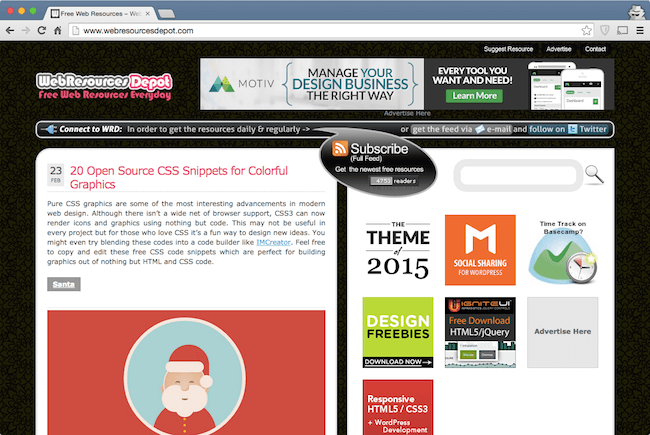
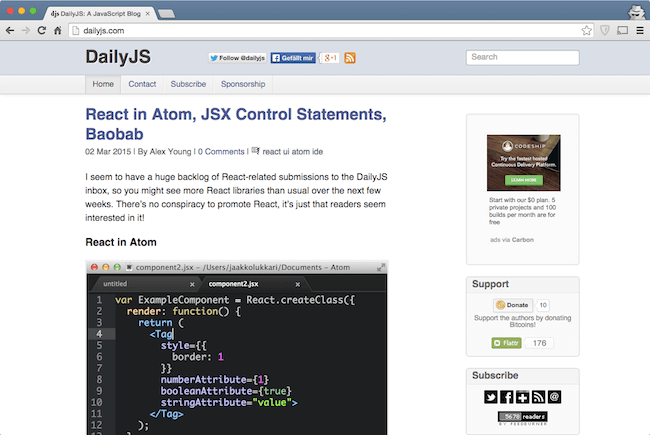
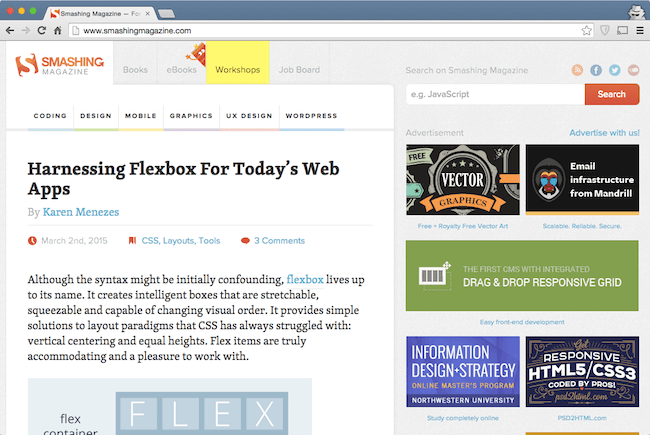
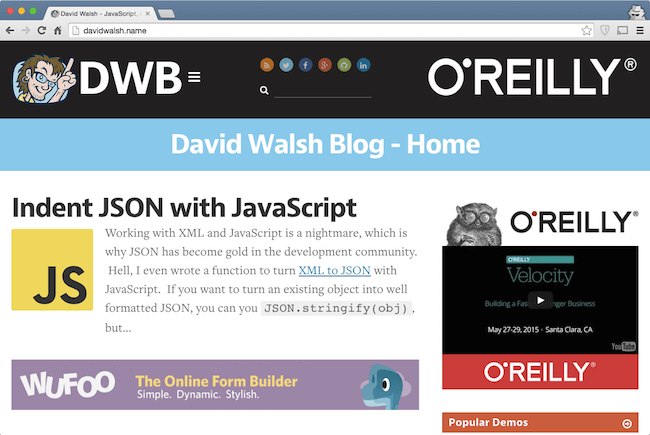
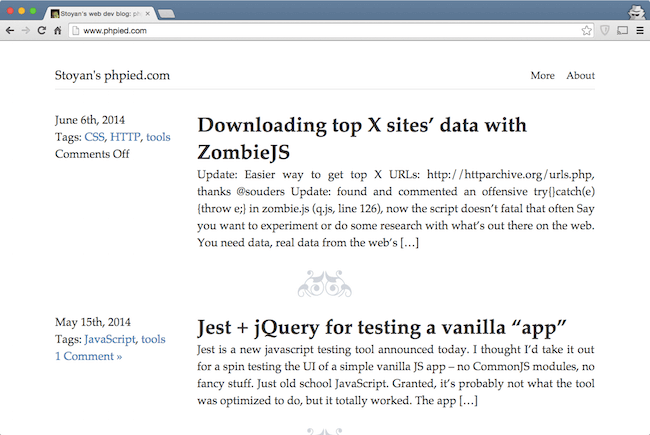




 Developing
ecommerce website is not an easy task. You have to determine certain
factors and of course, your budget. Read this post and know what factors
determine the cost of eCommerce website development in India.
Developing
ecommerce website is not an easy task. You have to determine certain
factors and of course, your budget. Read this post and know what factors
determine the cost of eCommerce website development in India. 



